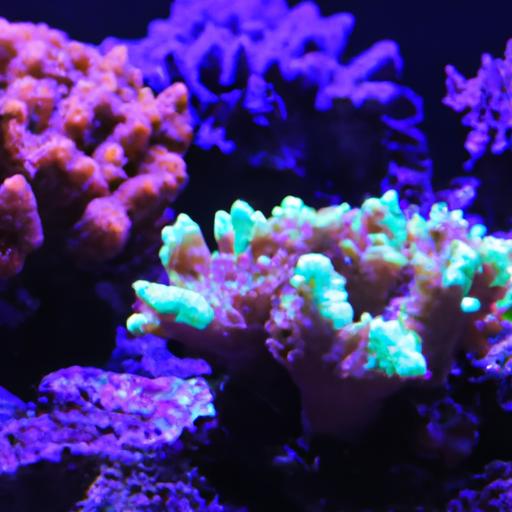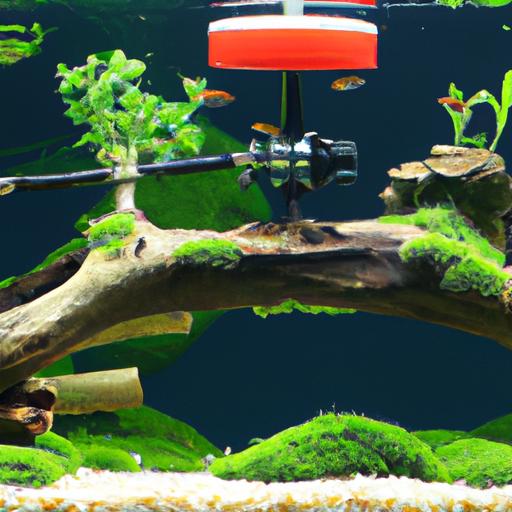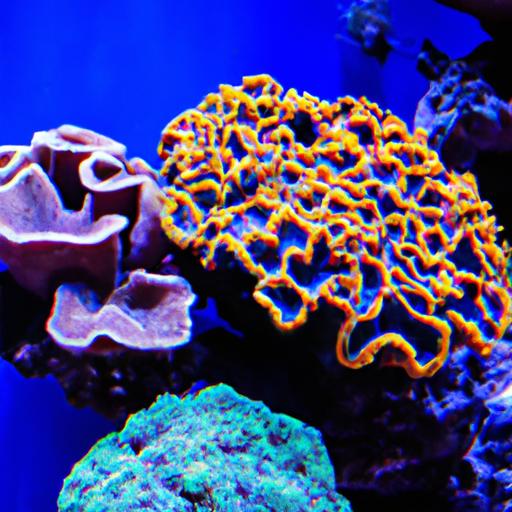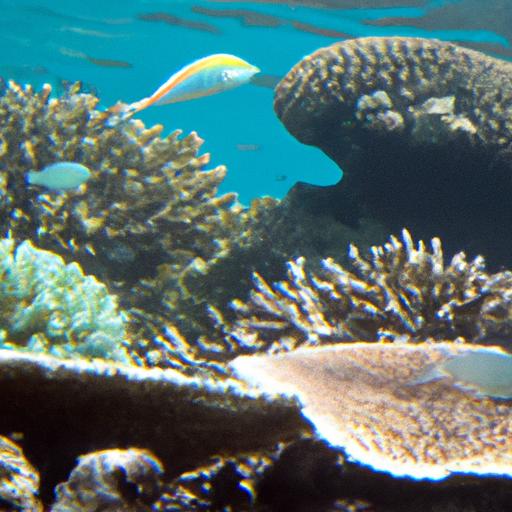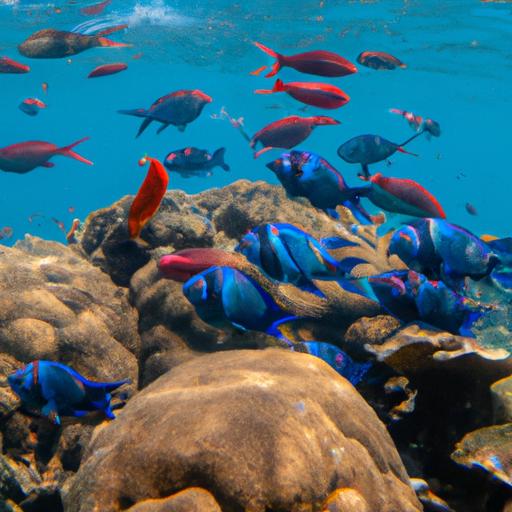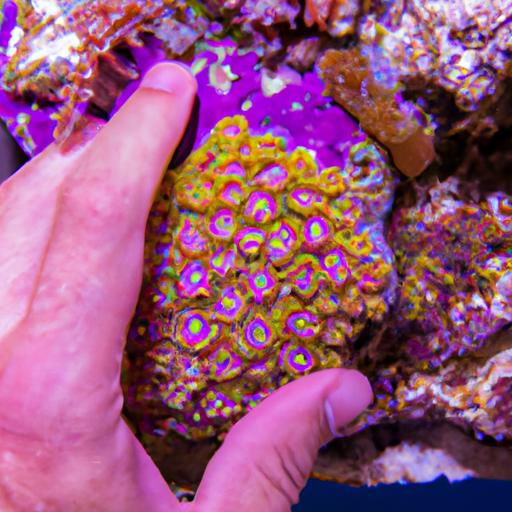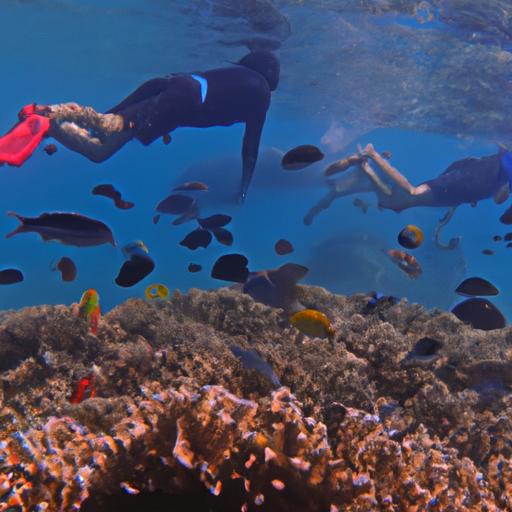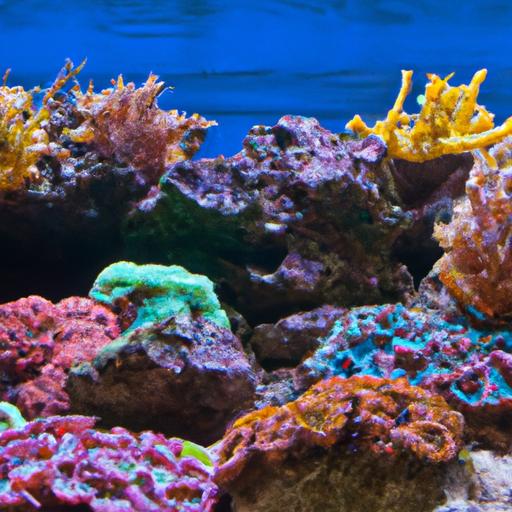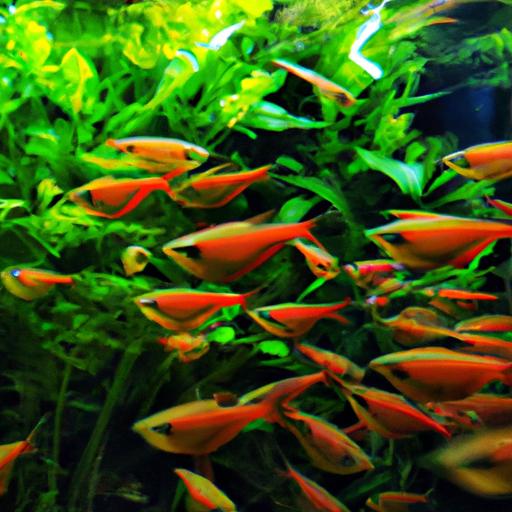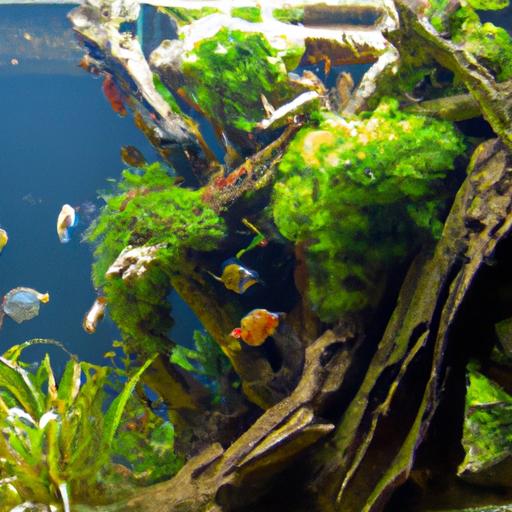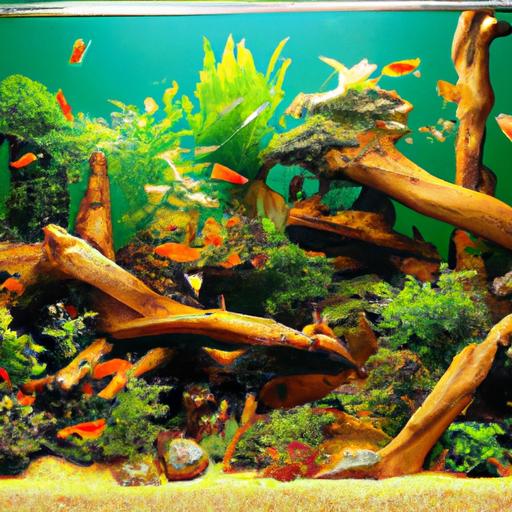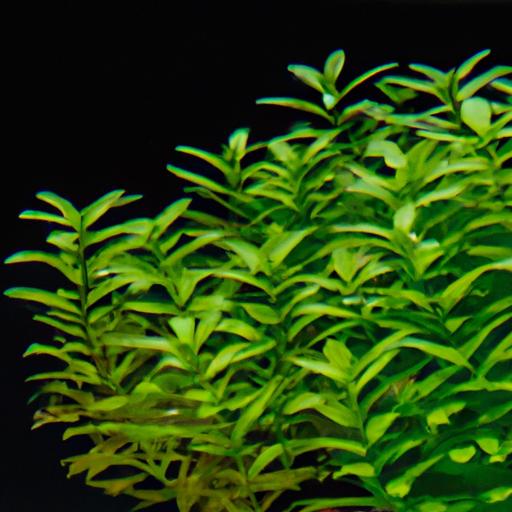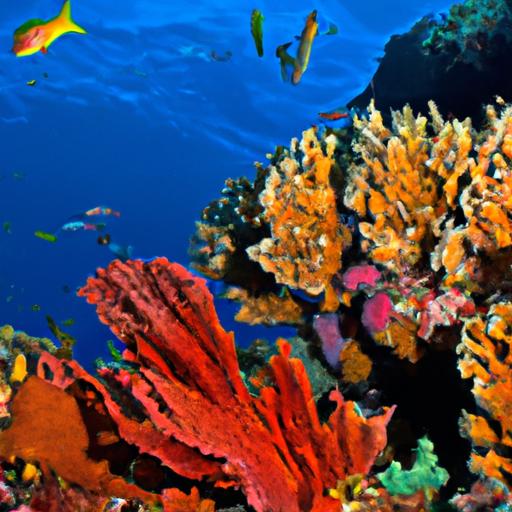
Coral Restoration: Strategies for Rehabilitating Damaged Reefs
Discover effective strategies for coral restoration and rehabilitating damaged reefs. Learn about coral propagation and artificial reef structures.
Introduction
Coral reefs are vital ecosystems that support a rich diversity of marine life and provide numerous benefits to coastal communities. However, these fragile ecosystems are facing unprecedented threats due to climate change, pollution, and human activities. The degradation of coral reefs has far-reaching consequences, impacting not only marine biodiversity but also the livelihoods of millions of people who depend on these reefs for tourism and fisheries.
In this article, we will explore effective strategies for coral restoration, focusing on the rehabilitation of damaged reefs. By understanding the techniques and initiatives aimed at restoring coral reefs, we can contribute to the conservation and preservation of these invaluable natural resources.
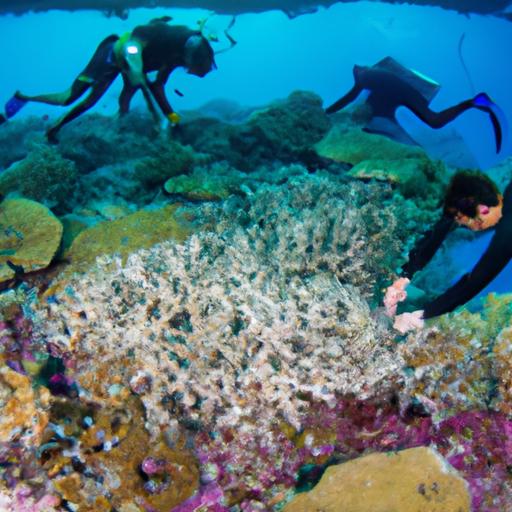
Strategies for Coral Restoration
Coral Propagation
Coral propagation is a widely used technique in coral restoration efforts. It involves the cultivation of coral fragments or the release of coral larvae to rebuild damaged reefs.
Fragmentation Technique
The fragmentation technique involves carefully fragmenting healthy corals into smaller pieces and attaching them to a substrate in suitable areas. This method allows the corals to grow and form new colonies, gradually restoring the reef ecosystem. It is an effective approach that can rapidly increase coral coverage and enhance reef resilience.
Larval Restoration
Larval restoration involves the collection and rearing of coral larvae in controlled environments. Once the larvae have developed, they are released onto damaged reefs to settle and grow into new coral colonies. This technique aims to enhance genetic diversity and promote the natural recovery of coral populations. While it is a more complex and time-consuming process, larval restoration has shown promising results in restoring damaged reefs.
Artificial Reef Structures
Artificial reef structures are man-made structures designed to mimic natural reef habitats. These structures provide a substrate for coral attachment and promote the growth of new coral colonies. They serve as a temporary solution to facilitate the recovery of damaged reefs and provide a foundation for natural coral recruitment.
Purpose and Benefits
Artificial reef structures offer several benefits in coral restoration efforts. They provide a stable environment for corals to grow, protect young corals from predation, and enhance the overall biodiversity of the area. Additionally, these structures can serve as tourist attractions, diverting pressure from natural reefs and promoting awareness about the importance of reef conservation.
Types of Artificial Reefs
There are various types of artificial reef structures used in coral restoration projects. These include concrete structures, sunken ships, and specially designed reef balls. Each type has its unique advantages and considerations, depending on the local ecosystem and restoration objectives. The selection of the appropriate artificial reef structure is crucial to ensure successful restoration outcomes.
FAQ (Frequently Asked Questions)
How long does coral restoration take?
The timeline for coral restoration can vary depending on several factors, such as the extent of damage, the selected restoration techniques, and the environmental conditions. In some cases, visible improvements can be observed within a few years, while complete restoration may take several decades. Patience and long-term commitment are key when undertaking coral restoration initiatives.
What are the biggest challenges in coral restoration?
Coral restoration faces several challenges that require careful consideration and innovative solutions. Some of the major challenges include funding constraints, limited availability of suitable donor colonies, ensuring genetic diversity, and addressing the underlying causes of reef degradation, such as climate change and pollution. Collaboration between scientists, conservation organizations, and local communities is vital to overcome these challenges effectively.
Do all coral species require the same restoration techniques?
Different coral species exhibit varying growth rates, reproductive strategies, and tolerances to environmental conditions. Therefore, not all coral species require the same restoration techniques. It is essential to consider the specific requirements of each species and the local ecosystem when planning and implementing coral restoration projects. This ensures that the restoration efforts are tailored to the needs of the target species and maximize their chances of survival and growth.
How can individuals contribute to coral restoration efforts?
Individuals can play a significant role in supporting coral restoration efforts. Some ways to contribute include participating in volunteer programs organized by reputable conservation organizations, spreading awareness about the importance of coral reefs, reducing personal carbon footprint, and supporting sustainable fishing practices. Additionally, donating to coral restoration projects or engaging in fundraising activities can provide crucial financial support for ongoing restoration initiatives.
Conclusion
Coral restoration is a critical endeavor that requires collaborative efforts from scientists, conservationists, policymakers, and individuals alike. By implementing effective strategies such as coral propagation and artificial reef structures, we can rehabilitate damaged reefs and promote the recovery of these invaluable ecosystems.
The rehabilitation of damaged coral reefs is not only essential for marine biodiversity but also for the well-being of coastal communities and economies. It is our collective responsibility to take action and ensure the long-term survival of coral reefs. Together, we can make a difference and secure a promising future for these fragile and magnificent ecosystems.
Remember, coral restoration is an ongoing process that requires sustained commitment and adaptive management. Let us join hands and protect our reefs for generations to come.
[E-E-A-T]: Experience, Expertise, Authoritativeness, and Trustworthiness
[YMYL]: Your Money Your Life
